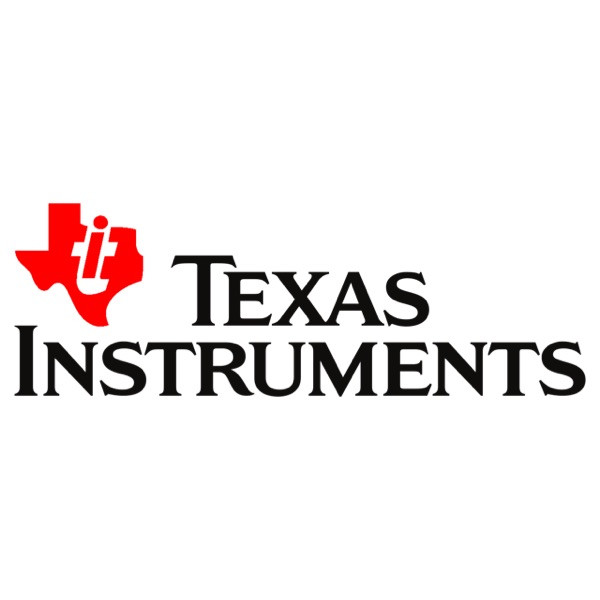Half-bridge gate driver increases robustness in motor drive and power tool applications
30-08-2019 | Texas Instruments | Power
Texas Instruments LM5108 Half-Bridge Gate Driver is a high-frequency driver with maximum switch node (HS) voltage rating of 100V. It provides for two N-channel MOSFETs to be managed in half-bridge configuration based topologies such as synchronous buck, active clamp forward, LLC, full-bridge, and synchronous boost. The device provides an interlock functionality which, stops both outputs from being high at the same time, in the case when both of the inputs are high. This interlock point increases system robustness in motor drive and power tools applications. Enable and disable functionality provides for the flexible and fast control of the power stage. Battery-powered tools can also utilise the enable feature of the device to decrease the standby current as well as to react to a system fault. The inputs are independent of supply voltage and can have an independent pulse width. This enables maximum control flexibility. Both inputs and enable have adequate hysteresis to enhance the system robustness in noise prone applications, including motor drives.
The low-side and the high-side outputs are matched to 1ns between the turn-on and turn-off of each other. This matching enables for dead-time optimisation which in-turn increases efficiency. 5V UVLO allows the driver to perform at lower bias supplies that enable the power stage to work at higher switching frequency with no increase in switching losses. VDD and HB UVLO threshold specifications are created in such a way that both the high-side and the low-side driver turns on typically at 5V. If both VDD and HB UVLO thresholds are the same, then the creator would need higher bias supply than the VDD UVLO threshold to turn-on both high-side and low-side driver.
Typical applications include motor drives and power tools, switch-mode power supplies, and auxiliary inverters.
By Natasha Shek

LM5108

